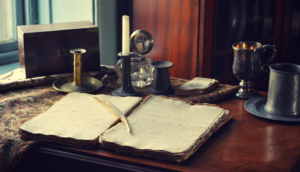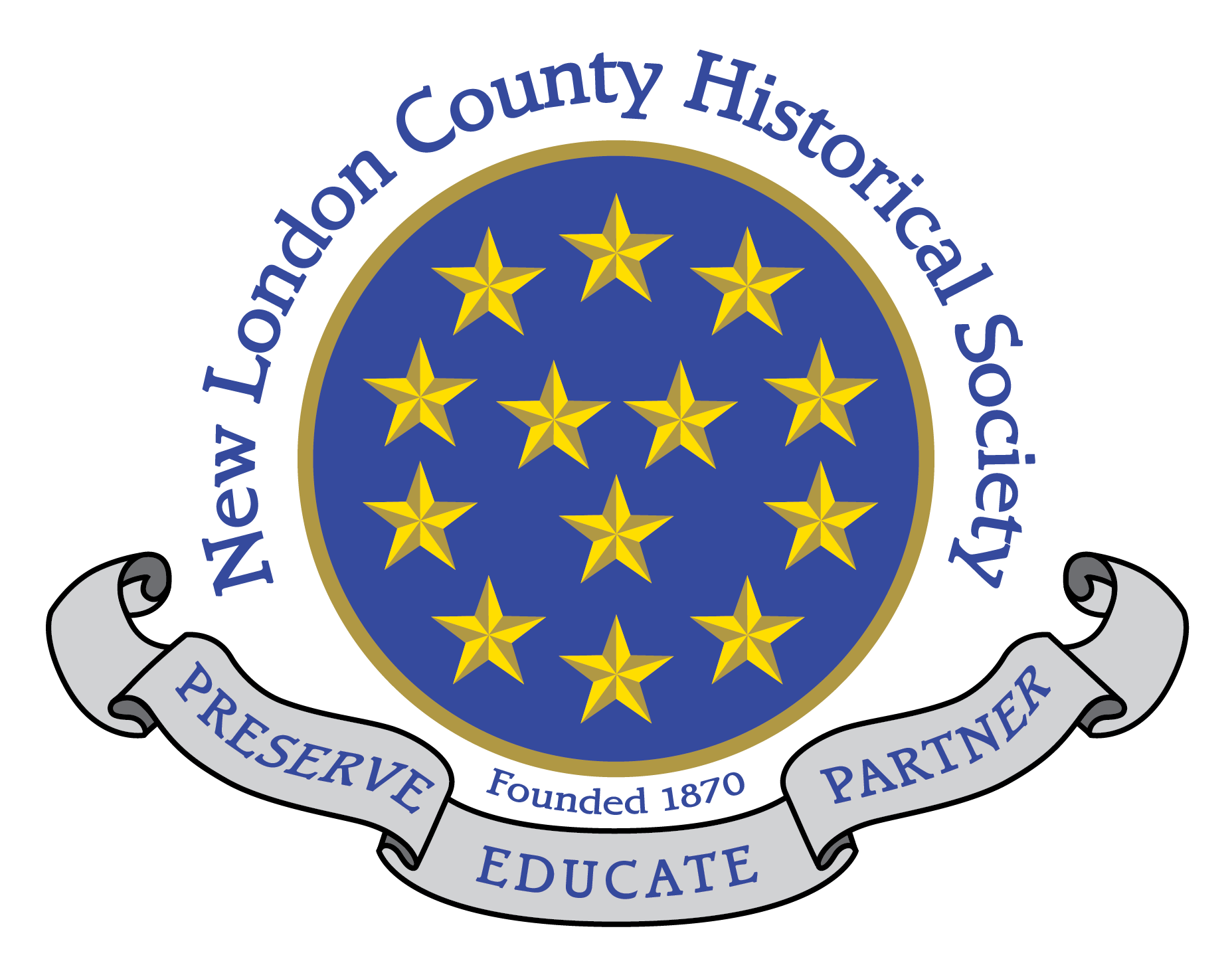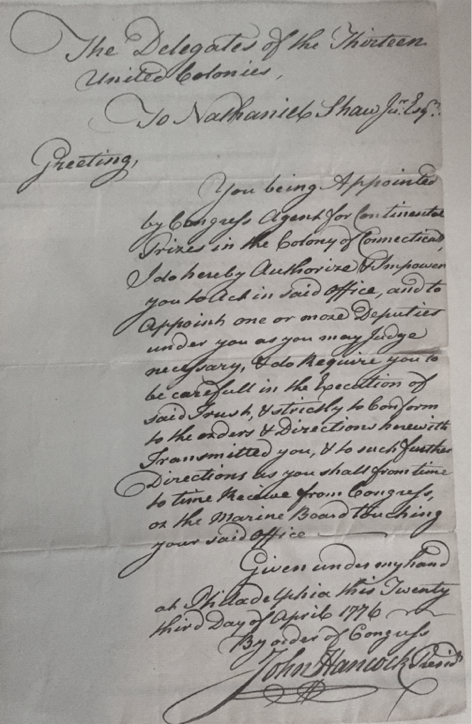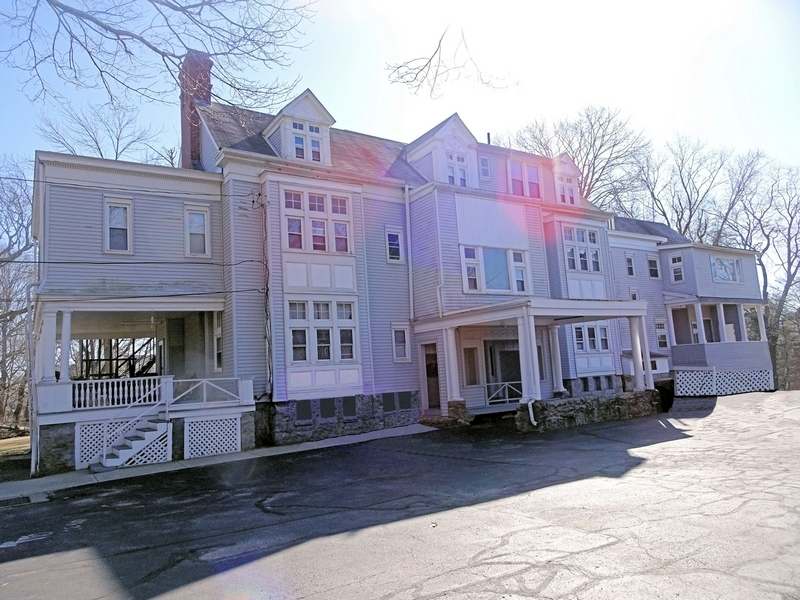 Born in New London in 1678, Joshua Hempstead (the second) kept a diary from 1711 until his death in 1758. Hempstead was a Justice of the Peace, shipbuilder, and cartographer, who plied his trades in New London and surrounding area. Today, the diary is one of the best sources of information about the people of colonial New London and their activities. The third edition transcription of the Joshua Hempstead Diary contains additional material, a forward by Patricia Schaefer, and a more comprehensive index.
Born in New London in 1678, Joshua Hempstead (the second) kept a diary from 1711 until his death in 1758. Hempstead was a Justice of the Peace, shipbuilder, and cartographer, who plied his trades in New London and surrounding area. Today, the diary is one of the best sources of information about the people of colonial New London and their activities. The third edition transcription of the Joshua Hempstead Diary contains additional material, a forward by Patricia Schaefer, and a more comprehensive index.




